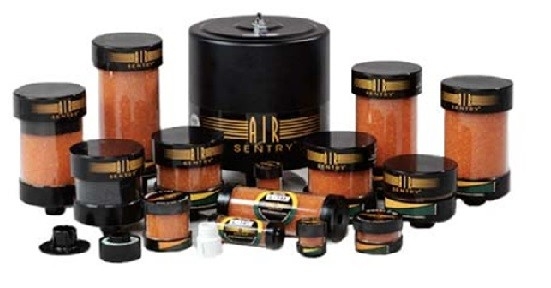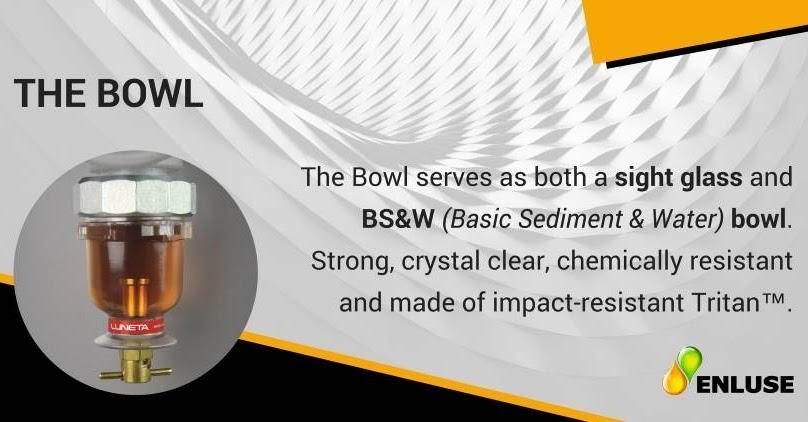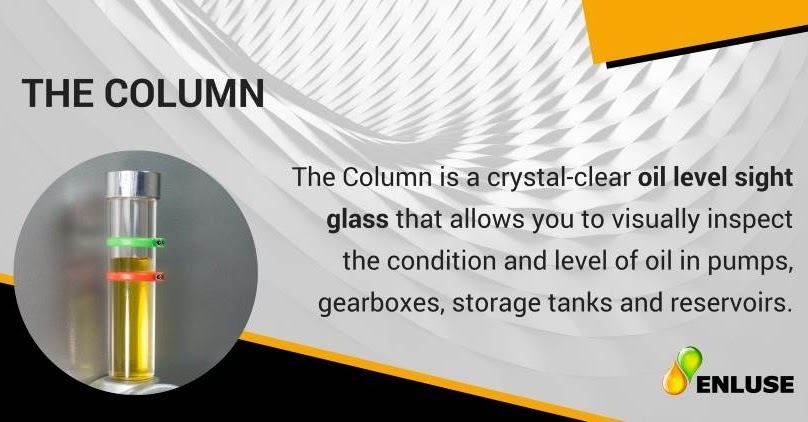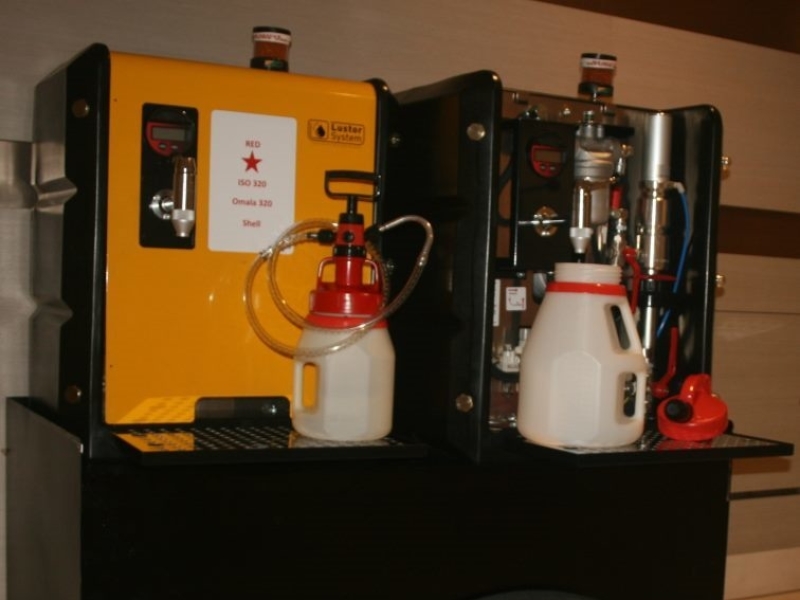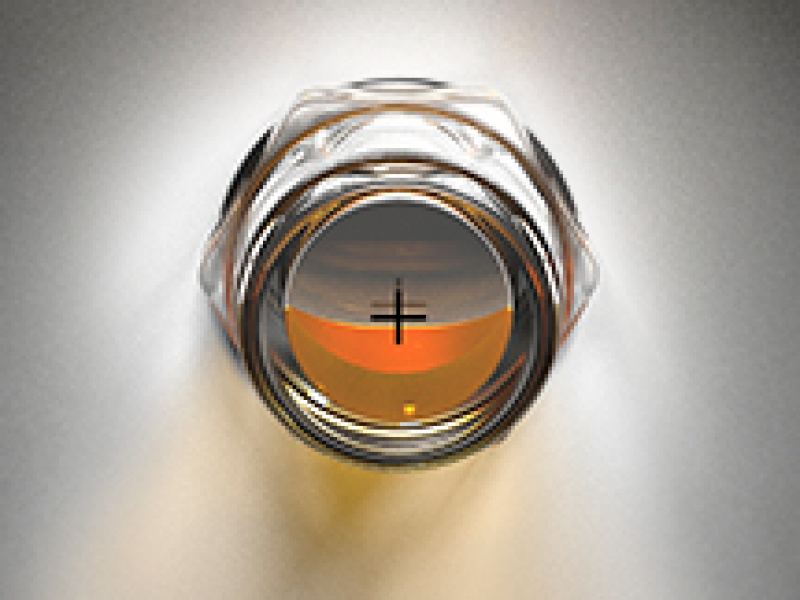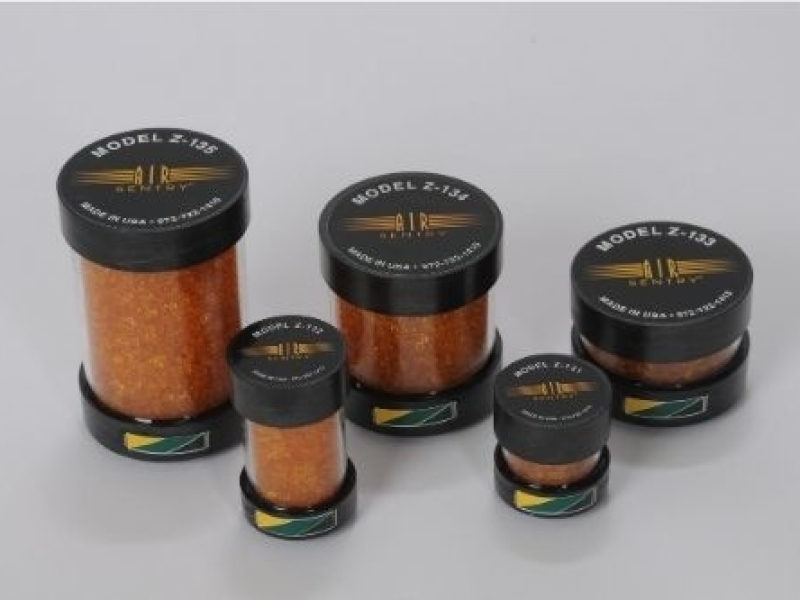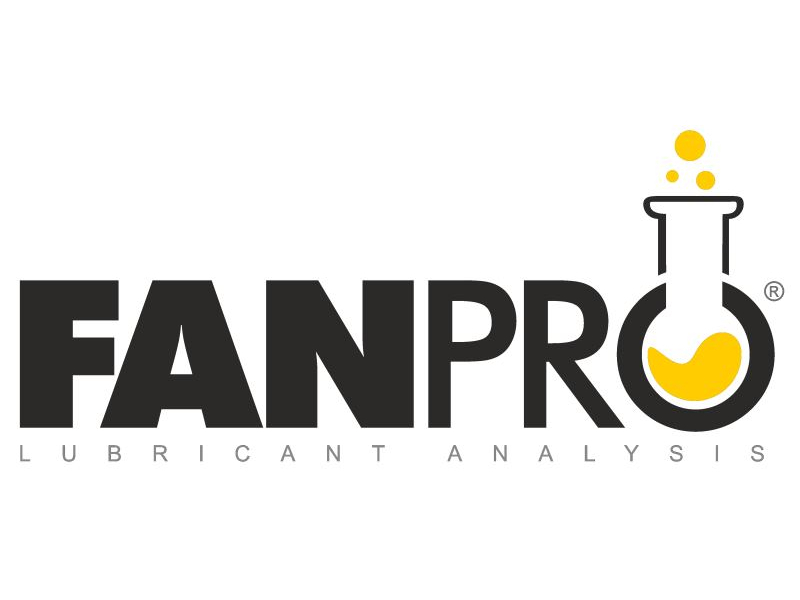If spilled, lubricants can contaminate the environment. Therefore, most maintenance strategies today work to prevent such contamination from occurring. This is also a key ingredient in world-class manufacturing standards.
Gradually more and more companies are becoming aware of the effects of lubricant disposal and the impact on the environment. Within the company there should be an understanding of lubrication best practices. The use of quality lubes will go a long way in keeping equipment running longer, smoother and with greater efficiency. Good lubrication keeps equipment from ageing prematurely. Studies have shown, that well-oiled machinery consumes less electrical power, and this saving can help finance proactive maintenance.
Making good environmental lubricant choices does not have to compromise equipment reliability or functionality. In fact, appropriate environmental decisions can be part of a first-rate, cost-effective design. The design aspects include the equipment itself, maintainability, economic life span, ergonomics, operation and eventual removal. Removal does not necessarily mean disposal, because there may be some recoverable value left in the machine.
For example:
Oil in equipment should not be changed unless it has reached the end of its useful life. This is typically not the case, because the oil is often changed based on an arbitrary time criteria or because of contaminants such as water or dirt. These contaminants can normally be removed with the proper equipment.
A longer oil lifecycle not only contributes to less liquid waste, but there are other benefits as well: cost savings because labor can be used more effectively elsewhere, and fewer shutdowns for oilchanges. These added costs can amount to at least five times the price of the oil alone. In addition, not having to drain the old oil, move it for disposal and bring in new oil also means less chance of spills. Spillage can often occur when a pail is knocked over or a drain valve breaks off.

